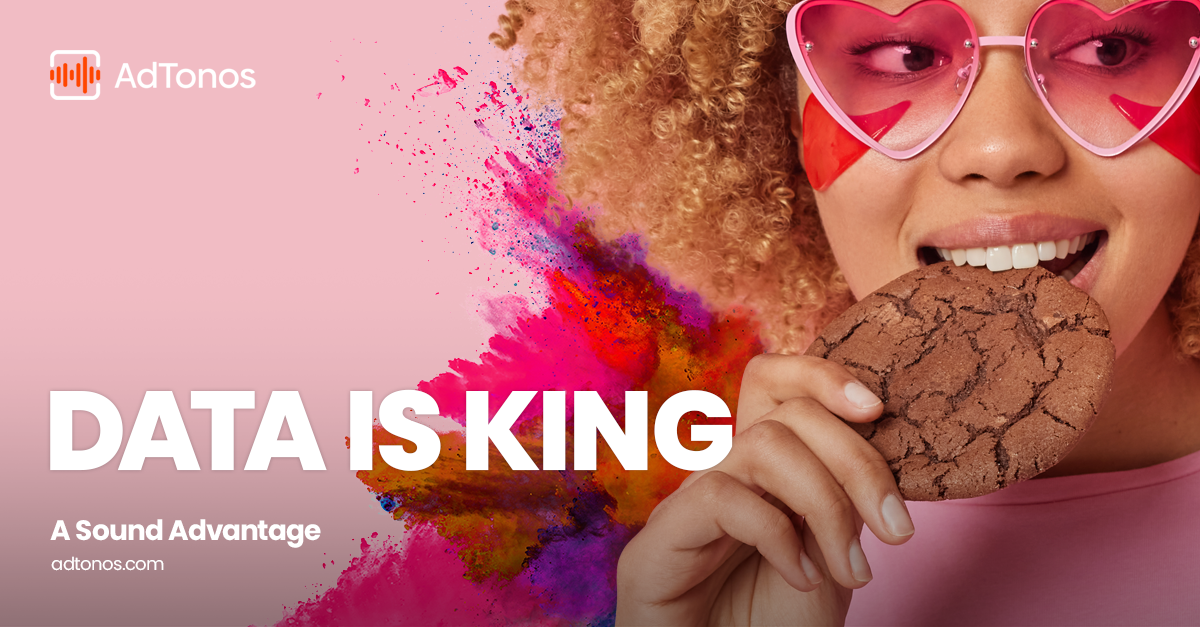Data is crucial in the implementation of effective marketing activities and it’s always relevant. Last year brought important changes in the privacy area and how users’ data is collected. Consumers are more aware of who is collecting their data, how they use it, and finally how to protect and keep control over how much data they are willing to share. As a result, big tech companies have been introducing significant changes in the data collection area. Safari and Firefox stopped supporting cookies in 2017 and Chrome will be next. After postponing a couple of times, Google has confirmed that it plans to phase out cookies on Chrome by the end of 2024 and also plans to sunset Google AdID on Android phones to be a more privacy-compliant solution.
Next year promises more regulatory scrutiny and continued fallout from Apple’s privacy changes. From the increase of governmental legislation in the privacy policy area through the death of third-party cookies, marketers’ access to customers’ data is becoming more and more difficult and this trend will strengthen even more. The countdown for finding suitable alternatives to third-party cookies is on. Without third-party cookies to rely on advertisers and marketers may have to target consumers differently, without using their specific data. Google has released Privacy Sandbox solutions for both the web and mobile to help manage these changes, however, those tools won’t solve all problems.
There are some alternative solutions marketers could use but for now, we don’t have a clear front-runner:
First-party data and the ability to collect and use it are gaining traction. Consumers are a lot more hesitant to give away their data and are aware of how valuable it is. It’s all a matter of motivation and finding the right incentive for customers to share the data. Marketers should focus on building out their first-party data strategy, keeping in mind the privacy regulations in place.
Data clean rooms is a technology service that helps content platforms keep first-person user data private when interacting with advertisements. In other words, a data clean room keeps user data isolated and private as well as provides aggregated and anonymized user information while providing advertisers with non-personally identifiable information to target a specific demographic. Data clean rooms can be a good option for marketers looking for non-cookie-based alternatives. Companies such as Amazon, Google, Pinterest, and Disney are actively exploring this option. However, there are still some concerns about privacy, cost, and the quality of data. Rules for pairing data and protecting privacy should improve in the next few years but it seems that data clean rooms will not be achievable for many marketers yet.
ID solutions as a 3rd party cookies alternatives
- Unified ID 2.0 was originally developed by The Trade Desk and treated as an upgraded version of cookies. It uses consumers’ anonymised email addresses which are gathered after users log into a website or app using an email address. Then, an identifier is created based on an anonymised version of that email. The user can see why the industry wants to create this identifier and is given the option to opt-out and decide how their data is shared.
- LiveRamp Identity Link is a solution created by LiveRamp which allows for matching hundreds of identifiers used by consumers on different types of devices or marketing platforms to a real person.
- ID5. This technology enables users’ identification by providing an encrypted user ID which replaces cookies and focuses on sharing 1-st party user IDs, which is more compliant with GDPR and ensures consumers that their data is safe.
- Panorama ID. Lotame developed an ID solution for the open web-based on graph technology, which connects all types of device identifiers such as CTV, desktop, mobile, customer-specific ID’s and attached online behaviours. But there are many more ID replacements that enable targeting without third-party cookies, for example, Nielsen Identity Sync, AdmixerID, Zeotap ID+ and more.
Contextual targeting. The system analyses content to determine its central theme, which is then matched to the ad using keywords or topic selections, language, location targeting, visitors’ recent browsing history, and other factors.
Another alternative which is currently under development is Federated Learning of Cohorts (FLoC) developed by Google. FLoC algorithm analyses users’ online activity within the browser and generates a “cohort ID” to group a given user with other users who access similar content.
Apple’s new version of SKAdNetwork, a combination of probabilistic and deterministic solutions, will be vital to mobile publishers.
It’s hard to say what type of alternative solutions advertisers are going to choose. Possibly, the advertising market will implement one option suitable for each type of industry or perhaps they will experiment with many solutions combining them with each other. The biggest challenge that marketers will have to face is to choose the most suitable channels, tools, and DMP (Data Management Platform) platforms for their industry. What’s even more important is that they will have to prove to users’ that sharing data can be safe and valuable. 2023 will be a challenging year for many marketers so learn which areas of marketing to focus on before it’s too late! In the next article we will talk about marketing communications and new advertising opportunities in current marketing channels.



